An exploration of the criticisms and debates that Pirsig’s work has generated, including discussions on its coherence, applicability, and philosophical rigour.
Continue reading

An exploration of the criticisms and debates that Pirsig’s work has generated, including discussions on its coherence, applicability, and philosophical rigour.
Continue reading
A practical guide to integrating the Metaphysics of Quality into daily living, drawing from Zen practices and Pirsig’s philosophical insights.
Continue reading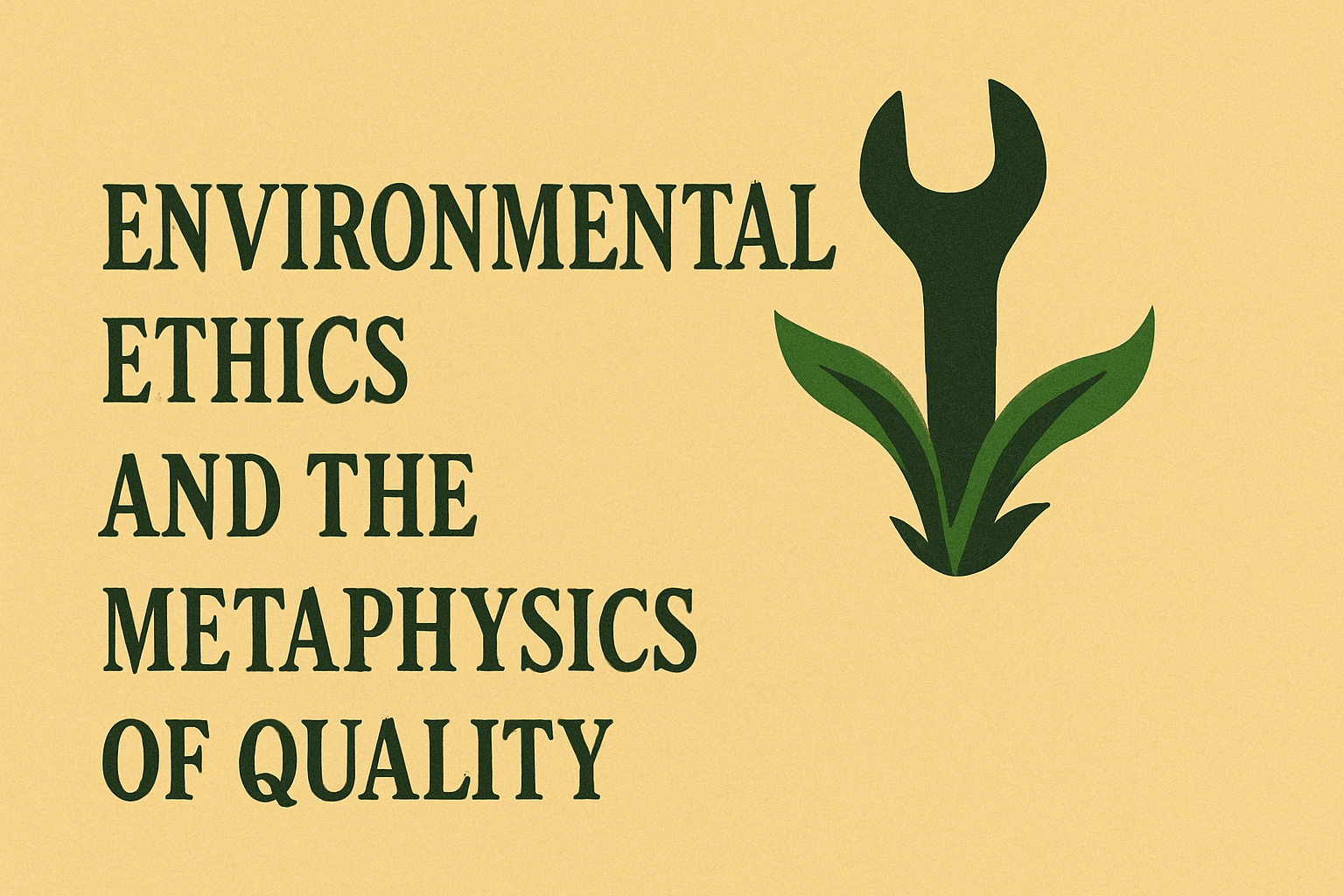
Analyzing how Pirsig’s philosophy can contribute to environmental ethics, promoting sustainable living and respect for the natural world through the pursuit of quality.
Continue reading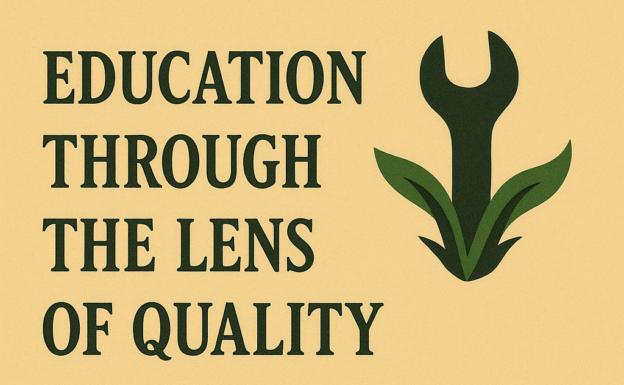
An article discussing how Pirsig’s ideas can transform educational approaches, emphasizing the importance of quality in teaching methods, curriculum development, and student engagement.
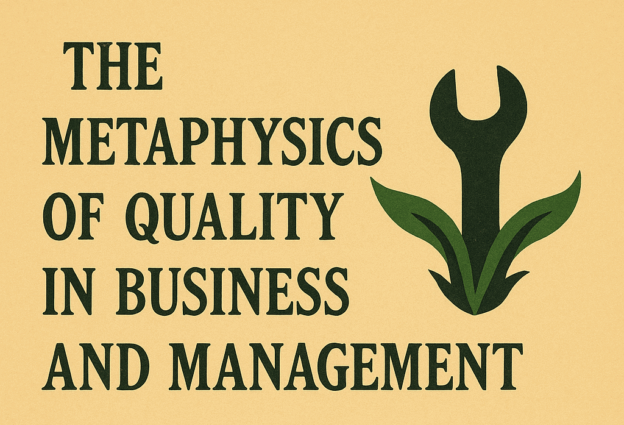
Exploring how the principles of quality can be applied in business settings, focusing on customer satisfaction, product development, and ethical management practices.
Continue reading
A detailed look at how Pirsig uses trip with Lila as a metaphor for understanding and appreciating quality in life, and how it builds and blends technical precision with aesthetic appreciation over Zen and the Art of Motorcycle Maintenance.
Continue reading
A detailed look at how Pirsig uses the maintenance of motorcycles as a metaphor for understanding and appreciating quality in life, blending technical precision with aesthetic appreciation.
Continue reading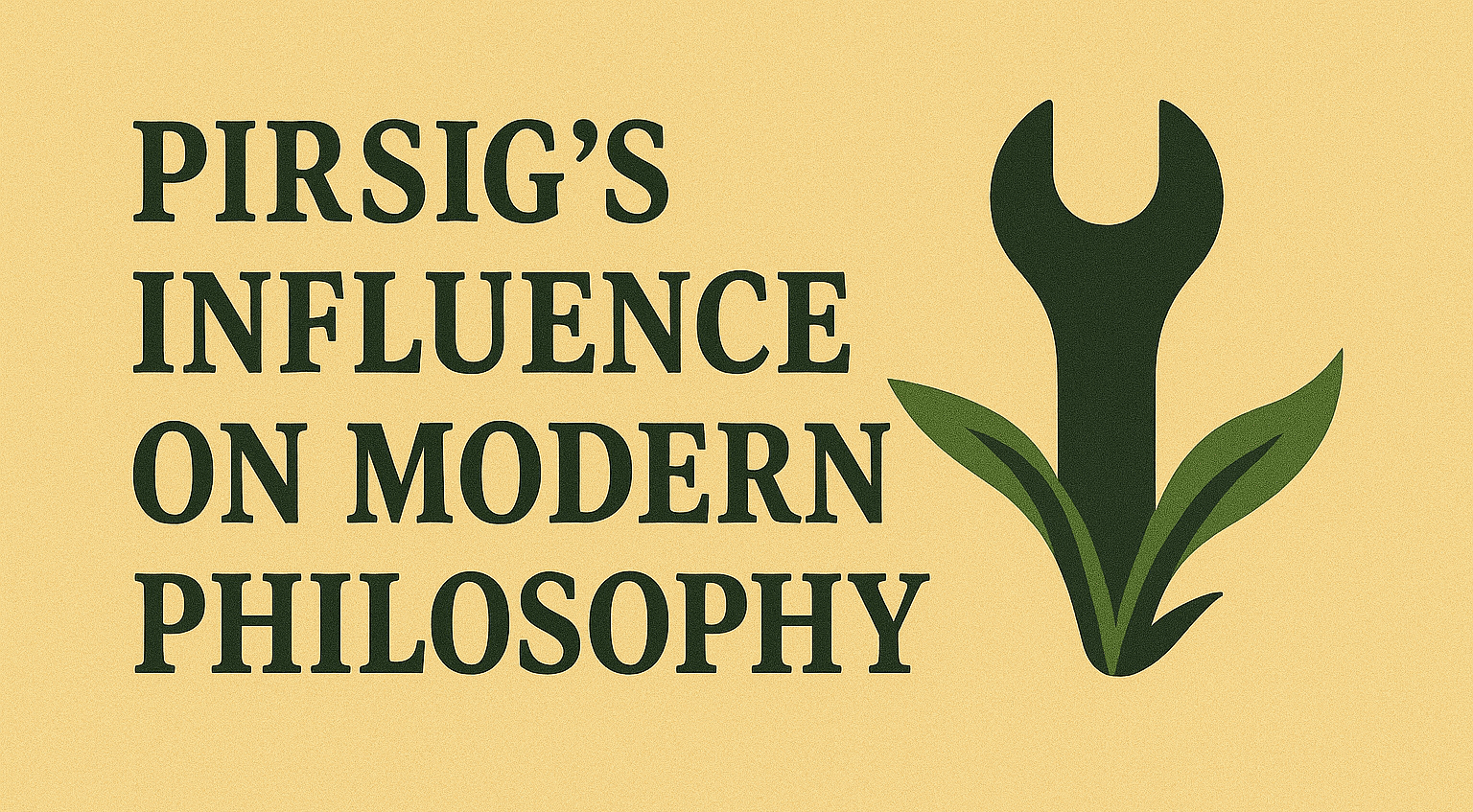
An examination of how Pirsig’s Metaphysics of Quality has influenced contemporary philosophical thought and its intersections with other philosophical frameworks.

An in-depth analysis of the balance between static quality (tradition, order) and dynamic quality (innovation, change) in various fields, such as technology, education, and art.
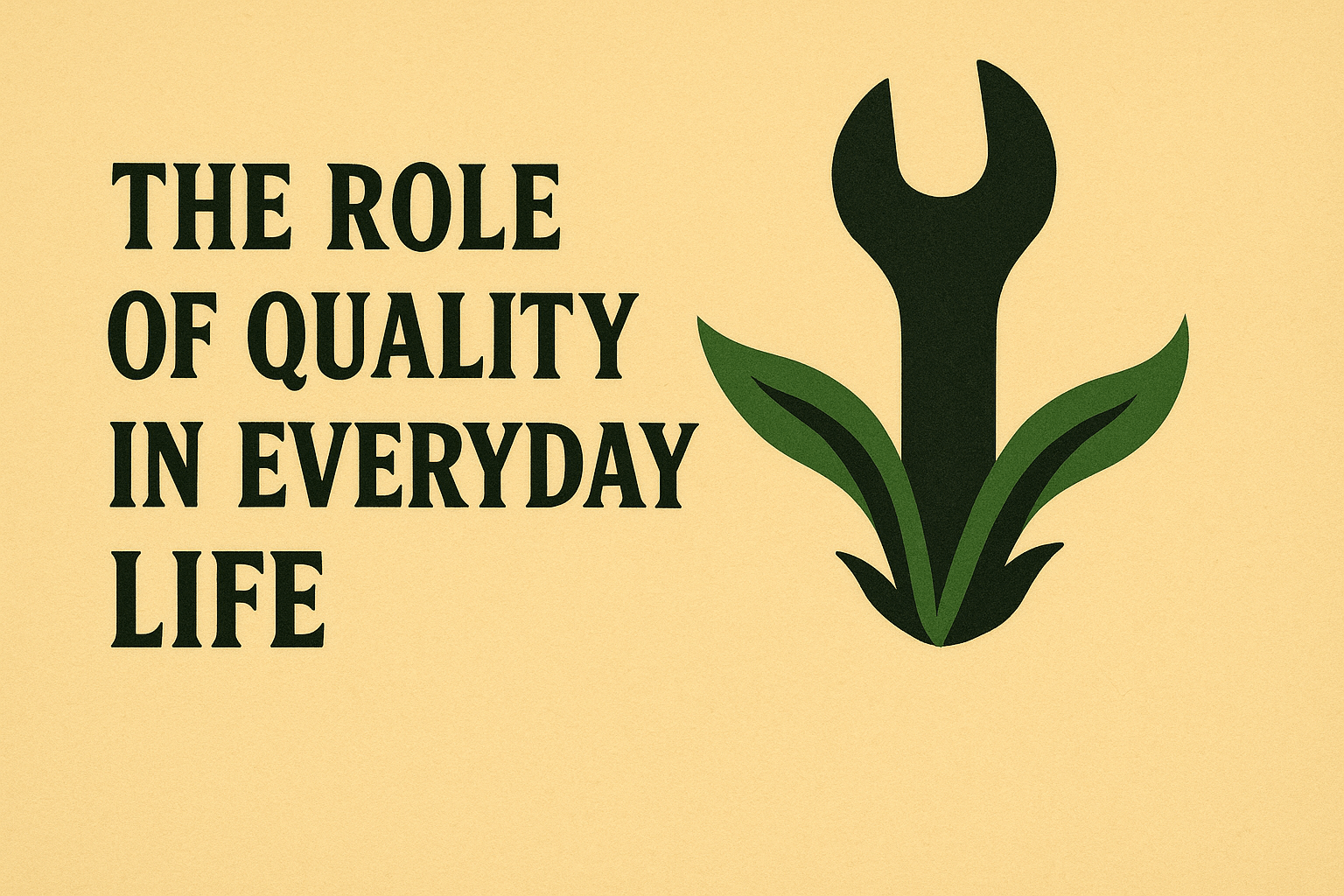
This article could explore how Pirsig’s philosophy can be applied to improve daily life, focusing on the practical implications of valuing quality in work, relationships, and personal growth.
Continue reading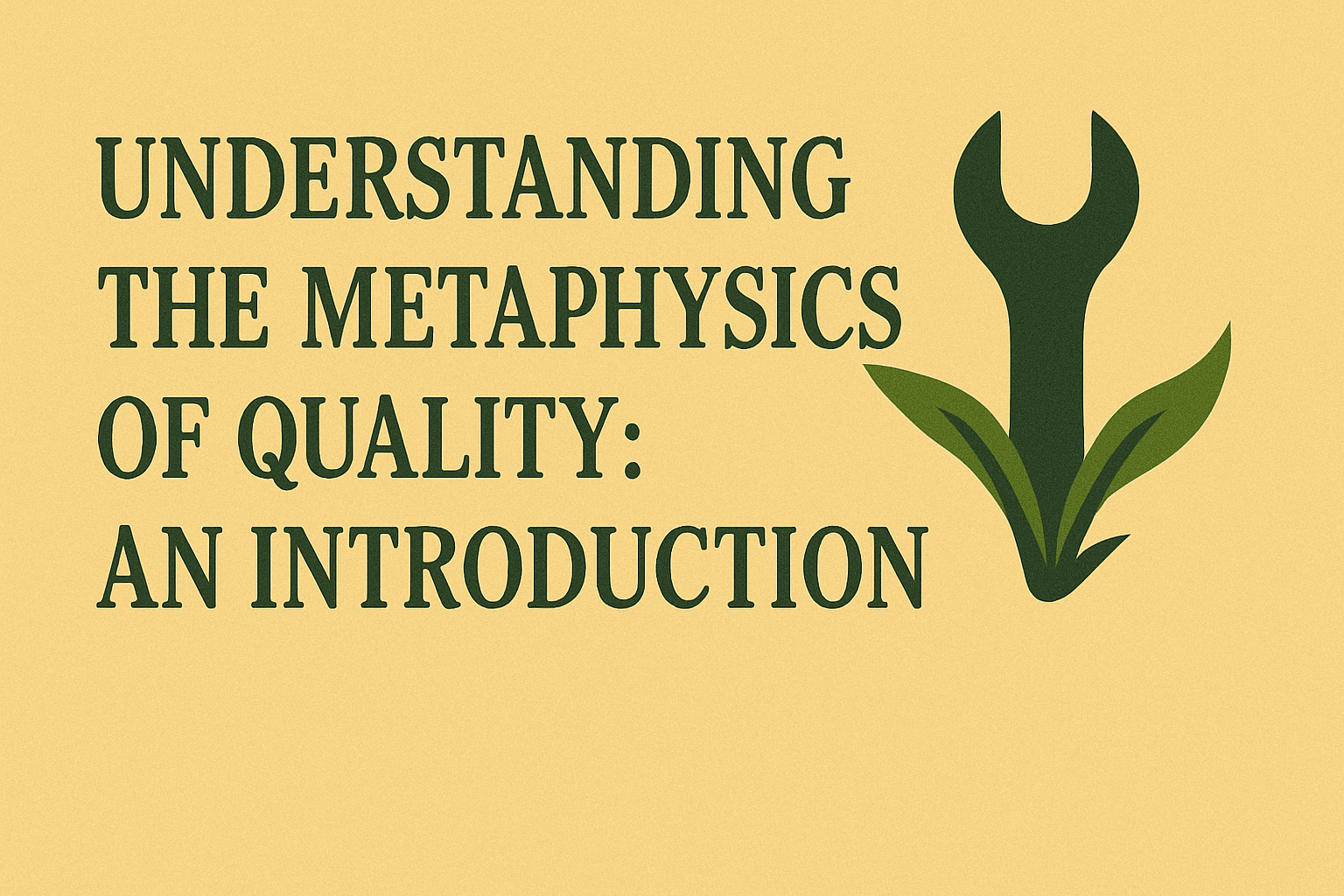
An introductory article explaining the core concepts of the Metaphysics of Quality, including the division between static and dynamic quality, and how Pirsig differentiates between classic and romantic understandings of reality.
Continue reading
This article examines how cognitive dissonance manifests in individuals with Asperger’s Syndrome, a form of Autism Spectrum Disorder. It highlights the unique challenges faced by these individuals, such as conflicting social expectations, rigid thinking patterns, and struggles with ambiguity. The article offers coping strategies to manage cognitive dissonance, including developing self-awareness, seeking clarity, building flexibility, and utilizing therapeutic interventions like cognitive-behavioural therapy (CBT). It emphasizes the importance of a supportive environment in helping individuals with Asperger’s navigate mental conflicts and enhance their well-being.
Continue reading
This article explores cognitive dissonance, the psychological discomfort from holding contradictory beliefs or values. It delves into the mechanisms of cognitive dissonance, its impact on behaviour and decision-making, and common everyday scenarios where it occurs. The article also provides strategies for managing and reducing cognitive dissonance, emphasizing the importance of self-awareness, open-mindedness, and consistent decision-making.
Continue reading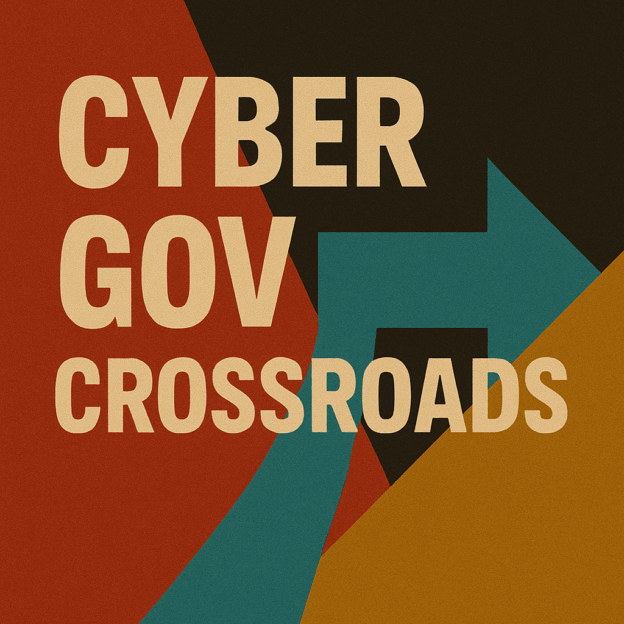
This framing article summarises a set of responses to DSIT’s Cyber Governance Code of Practice consultation in Jan/Feb 2024. It highlights practitioner and institutional submissions, alongside thematic deep dives on law, assurance, incentives, and professionalism. The message: DSIT asked the right questions, but the hardest answers were still missing.
Continue reading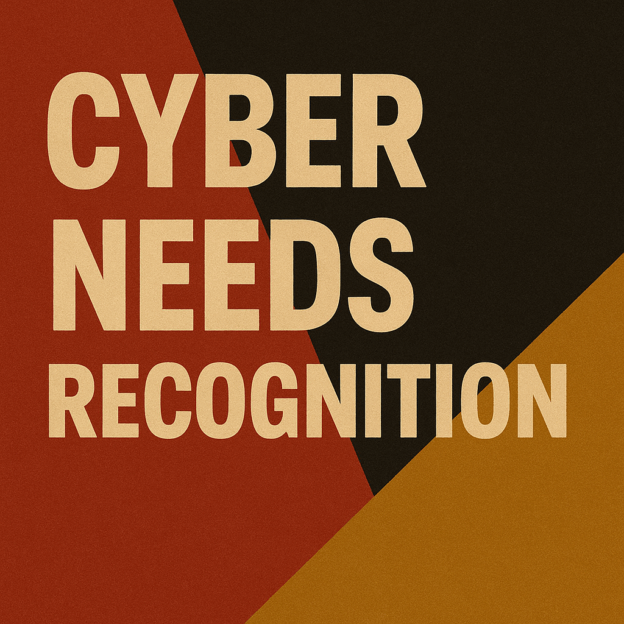
This article argues that DSIT’s Cyber Governance Code of Practice must embed professional recognition for cyber experts, just as directors rely on lawyers, accountants, and engineers. Without a register of recognised professionals, directors risk being accountable without credible support.
Continue reading
This article argues that obligations alone will not drive the adoption of DSIT’s Cyber Governance Code of Practice. To succeed, the Code must be backed by incentives — tax relief, insurance benefits, procurement levers, and reputational recognition — that make governance valuable to boards. Obligations can enforce compliance; incentives will create commitment.
Continue reading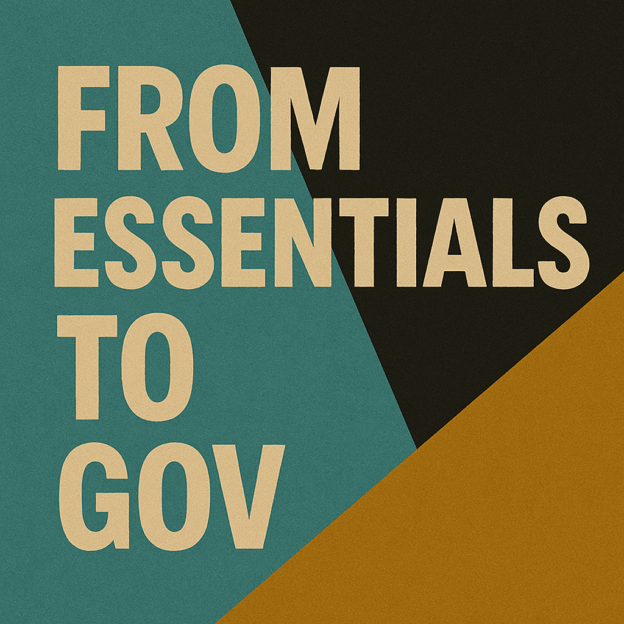
Cyber Essentials has value as a baseline, but reaches only 0.3% of UK organisations and says little about governance. This article argues that DSIT’s Cyber Governance Code of Practice must raise the bar, from compliance to accountability, from self-attestation to credible assurance, and from one-off certificates to continuous governance. Cyber Essentials is the floor; governance must be the ceiling.
Continue reading
This article delves into the comparative analysis and practical integration of ISO 27001 and ISO 31000 standards, focusing on their synergies in enhancing organizational risk management strategies. It offers insights into the distinct yet complementary roles of ISO 27001’s information security management and ISO 31000’s broader risk management frameworks, advocating for a unified approach to manage and mitigate diverse organizational risks effectively.
Continue reading
This guide delineates the distinct yet interrelated roles of Product Owner, Product Manager, Development Manager, Customer Advocate, Project Manager, Programme Manager, and Change Manager within the product development ecosystem. It aims to clarify the focus, responsibilities, and objectives of each role, highlighting how they contribute to the successful development and management of products.
Continue reading
This article argues that self-attestation has failed as a credible assurance mechanism, citing Cyber Essentials’ low uptake and ISO 27001’s limits. It warns that if DSIT builds the Cyber Governance Code of Practice on self-assessment, it will fail. To succeed, the Code must mandate independent, accredited assurance that directors, investors, and regulators can trust.
Continue reading